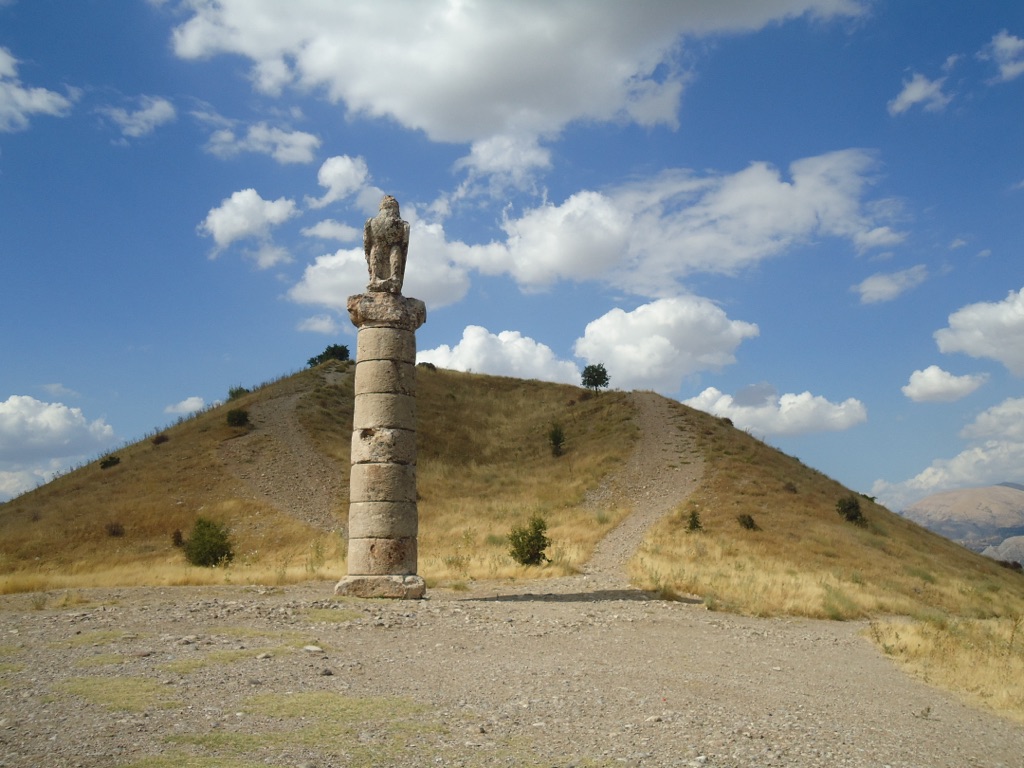The Karakuş Tumulus is a monumental tomb located in Turkey. It dates back to the 1st century BC and serves as the burial site of royal women from the Kingdom of Commagene. The name ‘Karakuş’ translates to ‘Black Bird’ in Turkish, a reference to the column topped with an eagle that once stood on the site. This tumulus is part of the larger network of Hellenistic-era sites in the region, which includes the famous Mount Nemrut. The site features several columns with inscriptions and statues that provide insight into the Commagene civilization and its customs.
Get your dose of History via Email
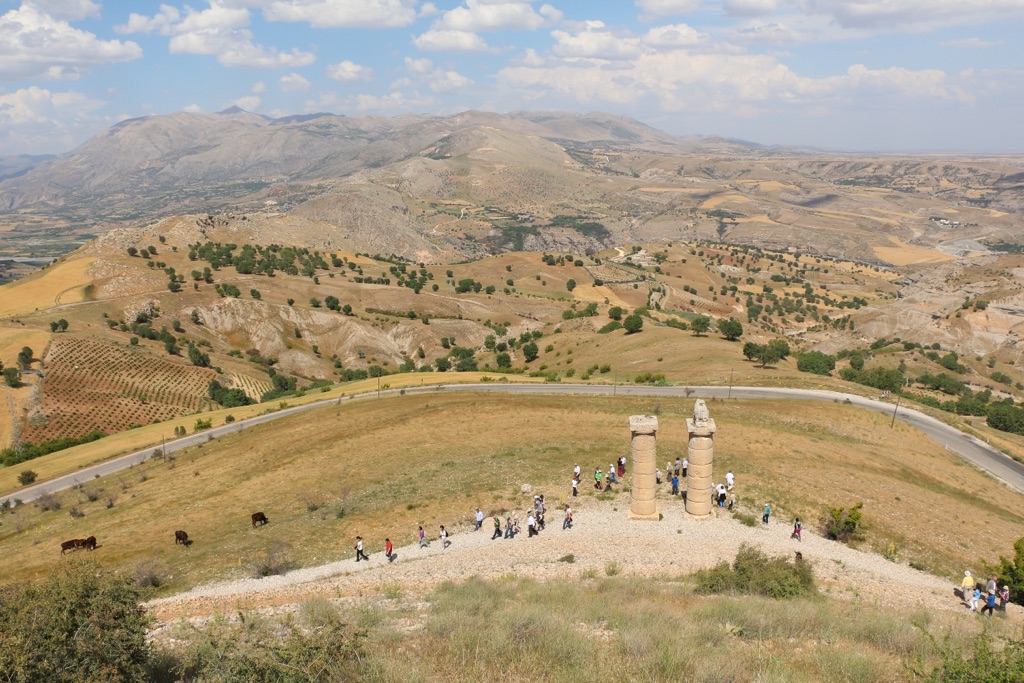
Historical Background of Karakuş Tumulus
The Karakuş Tumulus was discovered in the 19th century by German engineer Karl Sester. It was built during the reign of King Mithridates II of Commagene. The site was intended as a burial ground for royal women, including the king’s mother, Isias, sister Antiochis, and niece Aka. Over time, the tumulus attracted attention for its unique blend of Persian and Hellenistic influences.
Commagene was an ancient Armenian kingdom with a rich cultural heritage. The Karakuş Tumulus reflects this heritage through its architectural elements. Although the site has not been the scene of significant historical events, it provides valuable insights into the funerary practices and beliefs of the period.
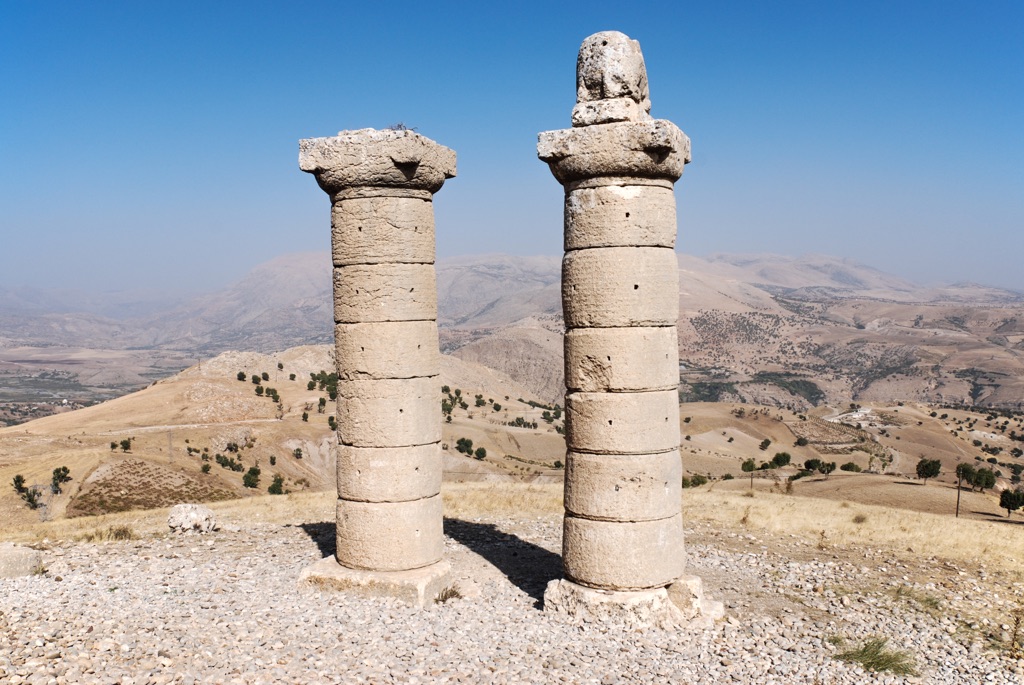
After its initial use as a burial site, there is no clear record of habitation or further use. The tumulus has stood the test of time, surviving through centuries as a silent witness to the past. Its columns and statues have faced weathering and damage but remain as markers of a once-glorious kingdom.
The site’s significance lies not only in its historical value but also in its location. It is situated near the Euphrates River, a strategic and culturally significant area in ancient times. The Karakuş Tumulus, along with other nearby sites, forms a cultural landscape that UNESCO has recognized for its historical importance.
Today, the Karakuş Tumulus is a protected site. It attracts historians, archaeologists, and tourists alike. Efforts to preserve and study the tumulus continue, as it offers a tangible connection to the ancient world of Commagene and its royal lineage.
About Karakuş Tumulus
The Karakuş Tumulus is a mound of earth and stones, built over a burial chamber. The site originally featured a large tumulus surrounded by several columns, each bearing inscriptions and statues. The most prominent of these was the eagle-topped column, which gave the site its name.
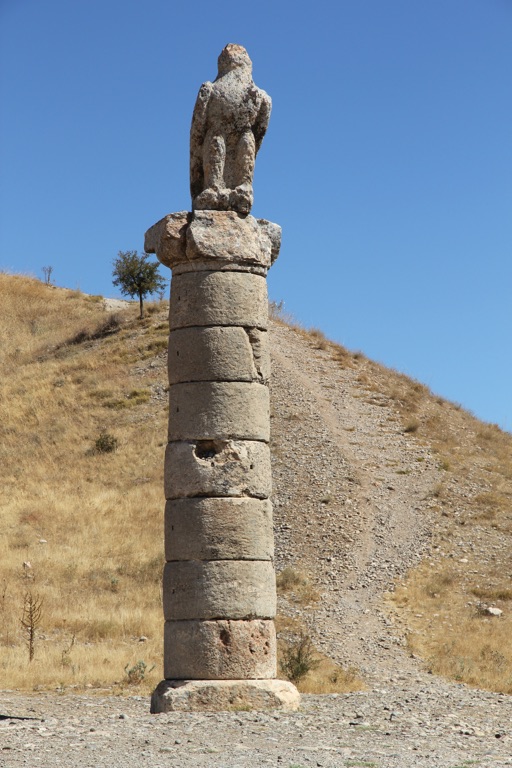
The construction of the tumulus involved large limestone blocks. These blocks formed the base for the columns and statues that adorned the site. The craftsmanship reflects the Hellenistic influence, with intricate details and inscriptions in ancient Greek.
One of the key architectural highlights of the Karakuş Tumulus is the stele. These are stone slabs with inscriptions that provide information about the individuals buried there. The stele and statues depict royal figures and deities, symbolizing the religious beliefs and royal status of the interred.
Over the years, the tumulus has suffered from natural erosion and human activity. Some of the original statues and inscriptions have been lost or damaged. However, restoration efforts have been made to preserve what remains of this ancient site.
The layout of the Karakuş Tumulus, with its central mound and surrounding columns, is typical of royal Commagene burials. It showcases the blend of Persian and Greek traditions that characterized the Commagene culture, making it a valuable piece of architectural history.
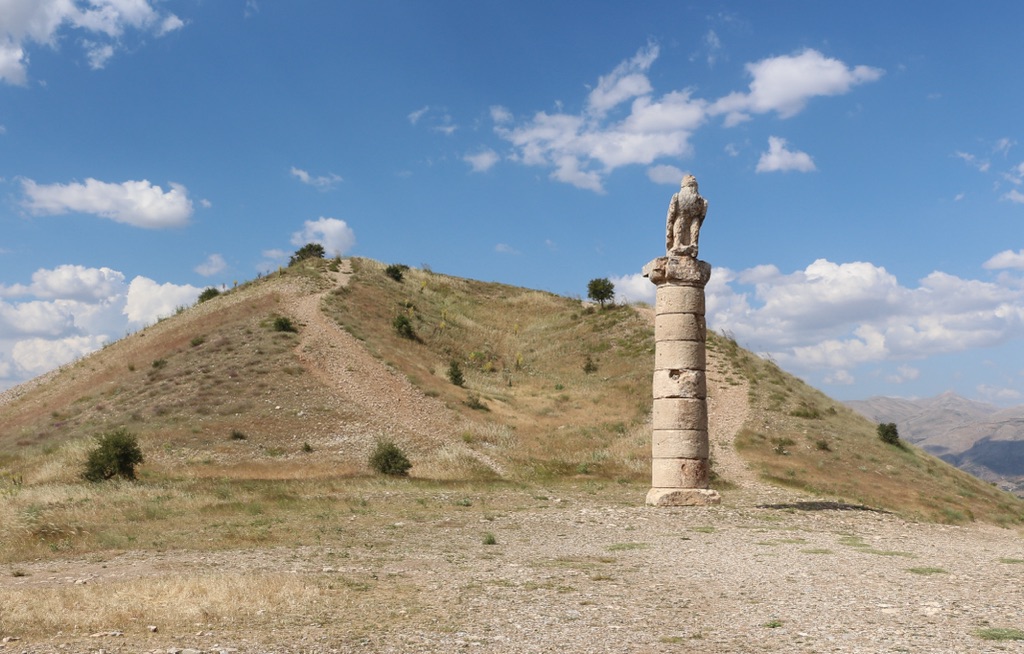
Theories and Interpretations
Several theories exist about the use and significance of the Karakuş Tumulus. The most widely accepted view is that it served as a necropolis for royal Commagene women. The inscriptions and statues support this theory, providing names and familial connections of the buried.
Some mysteries surround the site, particularly regarding the full extent of the burial complex. Archaeologists have speculated that there may be more chambers or artifacts yet to be discovered. The exact religious significance of the statues and their iconography is also a subject of study.
Historians have matched the inscriptions to historical records, confirming the identities of the royal figures. This has helped to piece together the lineage and political alliances of the Commagene kingdom. The inscriptions also offer insights into the cultural and religious practices of the time.
Dating of the Karakuş Tumulus has been carried out using historical records and architectural analysis. The style of the inscriptions and statues, along with references in ancient texts, have helped to date the site to the 1st century BC.
Further research and interpretation of the Karakuş Tumulus continue. Each discovery adds to the understanding of Commagene society and its place in the broader context of ancient civilizations.
At a glance
Country: Turkey
Civilization: Kingdom of Commagene
Age: 1st century BC

